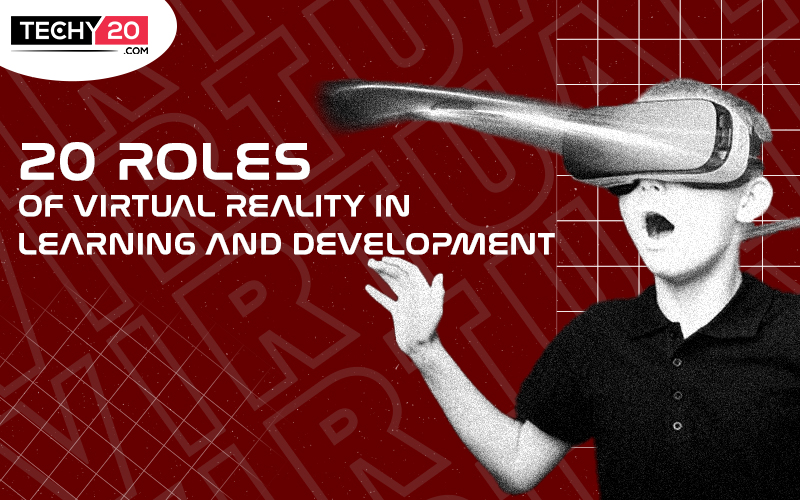The fascinating headsets that today’s gamers to doctors seek for better indulgence and feasibility, respectively, called Virtual Reality Environment, have been the most futuristic gadget, upgrading day by day. Almost every sector of the modern ecosystem is now making the most of this computerized 3D world. While, the evolving industries are all capitalizing on VR, introducing the latest versions. So, the field of Learning and Development is not lagging. Let’s go into the key utilities of VR in learning and development.
1. E-Learning
The learning and gaining process has been modernizing in the last few years with the involvement of helping software and smart devices. Here comes Virtual Reality, which has made it simple to simpler with a transparent visual experience of every concept. In other words, Electronic Learning has been summed up as one medium and interesting device.
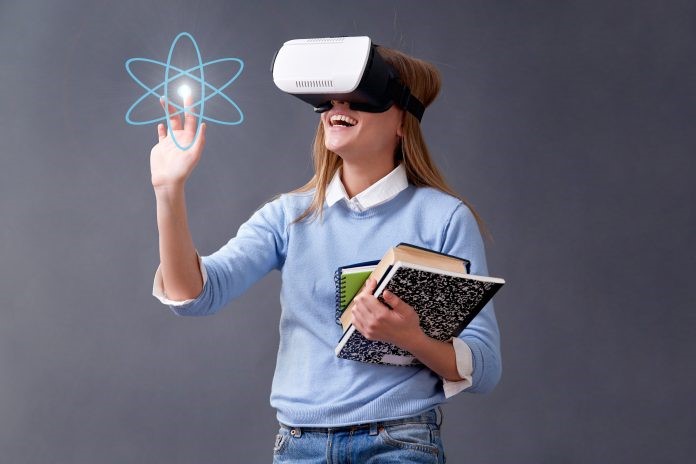
2. Institutional Learning
VR represents the replacement of the traditional paper instructing guides with more accessible visual knowledge for the workers as well as the users. Starting from previous records of the respective institution to the new engagements, VR technology makes it a way better learning experience for everyone, and at the same time, the rectification of the old techniques comes into implementation.

3. Complex Learning
For the manual training method, it is impossible to introduce the metaverse of technology and aspects of an experienced one. The cent percent transfer of the real situation clarifications and fixes are only available in the VR space, which shows the most alike 3D senses to experience them. The Headset of VR makes enough fulfillment of knowledge through the limited device. One can learn complex skills like medical performance and space station illusions.
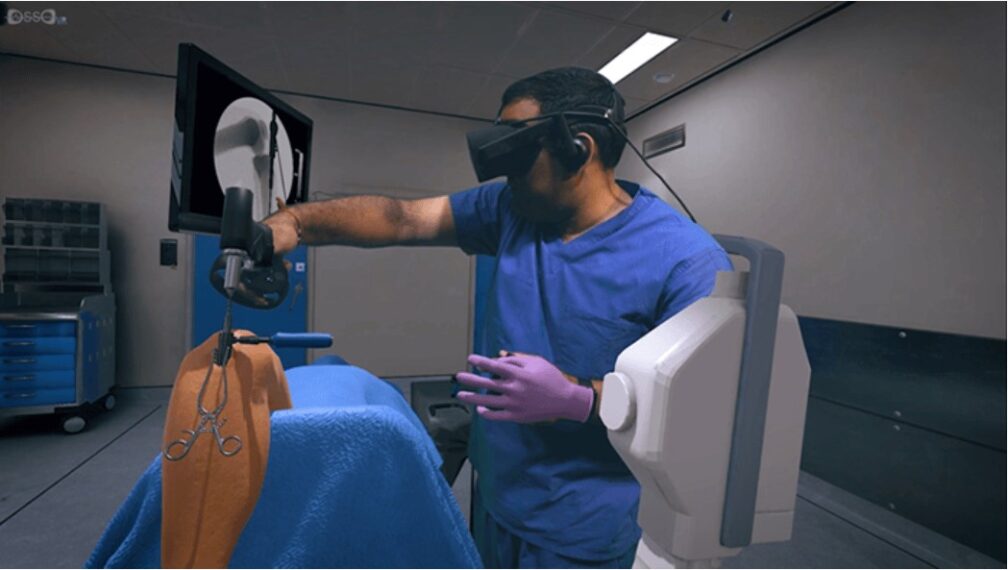
4. Safe Environment For Risky Training
Industrial employment includes many high-risk machine operations which may cause damage to both the person and types of machinery. And, no doubt, the risk will be less if the worker will have enough training and learning for a similar kind of environment using Virtual Reality technology. Not only the industries but also pilot training and real racing tracks are now getting benefits from VR.
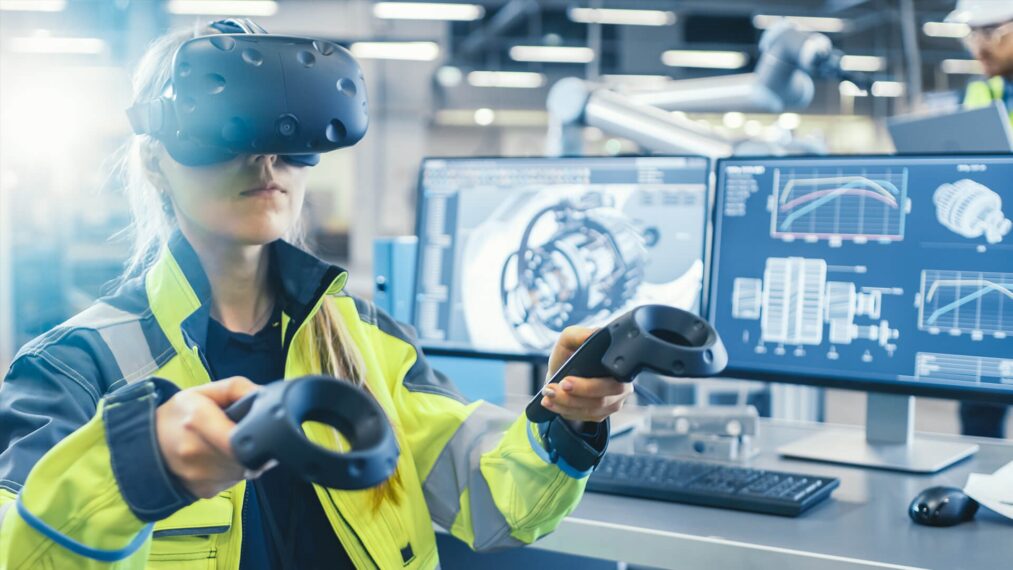
5. Personalized Learning Environment
Unlike the other E-learning devices, the VR model uses the personalization feature to limit the distraction of the learner and provides exact details without much complication or searching time. However, personalization is only done as per the need of the developer or the provider. Yet, it generates a focusing habit.

6. Soft-Skill Learning
The super real context of the VR sets adaptable and interactive social scenarios to practice one’s soft skills. Name some of them, linguistic fluency, communication, gestures, interaction process, and intuitions all can be practiced for an ethical behavioral issue with a Virtual person in the model.

7. Co-Operative Empathy
Learning and Development go hand in hand with Empathy enhancement. And the VR system creates an exact moment of every unexpected and regular behavior that any fellow worker can have. It builds up a good response-giving attitude and helps in gaining moral acceptance from others in real life.
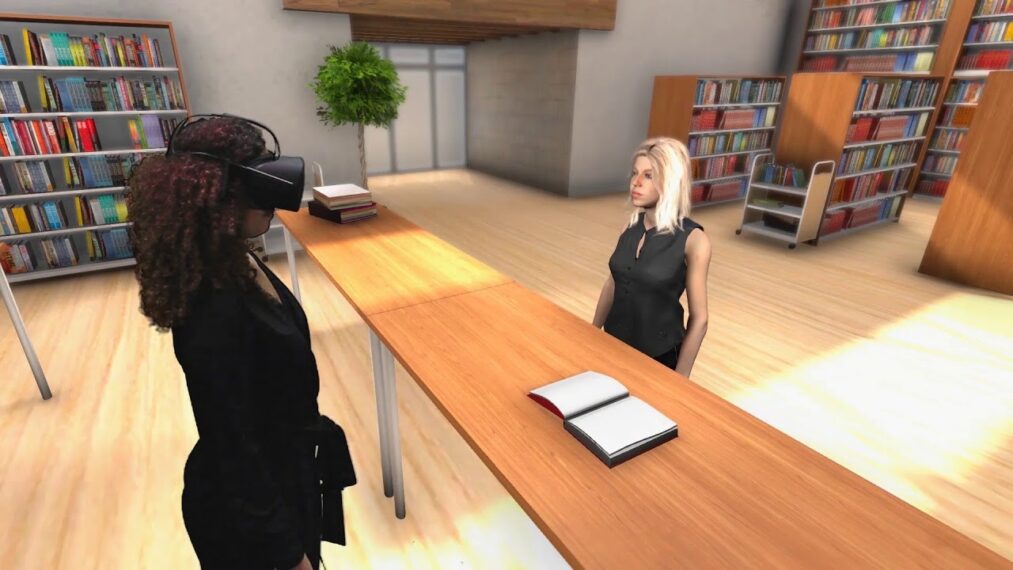
8. Reducing Language Barrier
Language has been a crucial barrier to learning and evolving since the written versions and limited sources of e-videos have been covered in specific languages, which act as a barrier for many aspirants. Virtual Reality medium consists of the language translation feature to make the data available for people around every corner.

9. Quick Access To New Inventions
The world is emerging, and so is technology. The day-to-day inventions do solve a problem per day, but, the updates of the solution have to travel a certain time to reach the other developers who can improvise those. Here, VR technology carries the most transparent and fast access to any new technology details to the user.
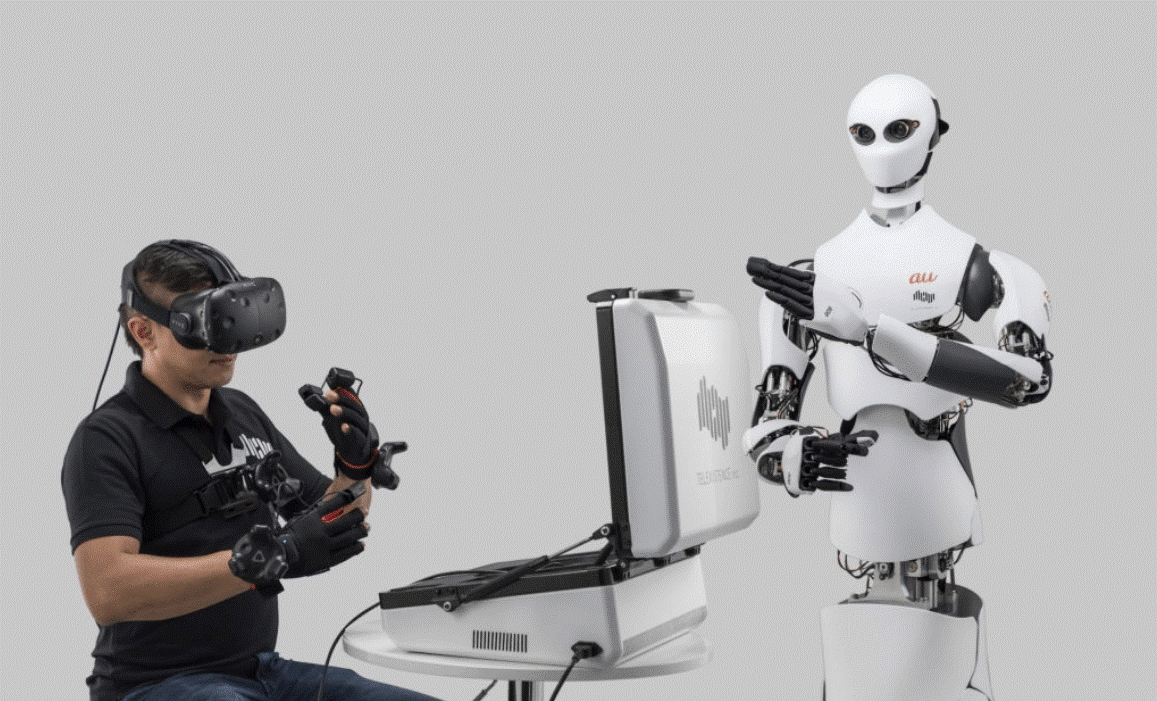
10. Increase In Outcomes And Tracking Them
Since the regular use of VR in different fields, surveys have been performed and quite engaging outcomes have been marked. Virtual Reality has shown the impressive capability of improving tracking and resulting in very significant conclusions. The results of the users’ performance are tracked by its large space, and this technology uses those to get better outcomes.
![]()
11. Worldwide Collaboration
VR medium gives access to a vast range of engagement around the world. To pass on the techno-functionals or receive them for the growth of both ends, VR provides a broad platform having all the required technologies. So, showcasing the projects and other data transformations is operated widely.

12. Virtual Representation
It uses multi-dimensional data use and greater bandwidth processing to allow precise imaging for every system, working at the same time. The graphics it creates are the key elements of the whole idea, which engages your brain nerves to get simplified output. For example, in video games, the user plays one of the characters or the main character that quests in the 3D game world.
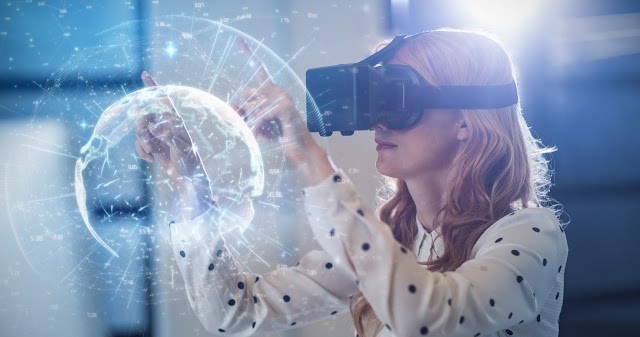
13. Betterment Of Technology
Automobile industries, architecture industries, healthcare industries, etc., do have a vast implementation of Virtual Reality technology to form the figures in mind into the application. This process also helps to design and simulate leading the betterment of the technology. And, VR technology is developing as well.
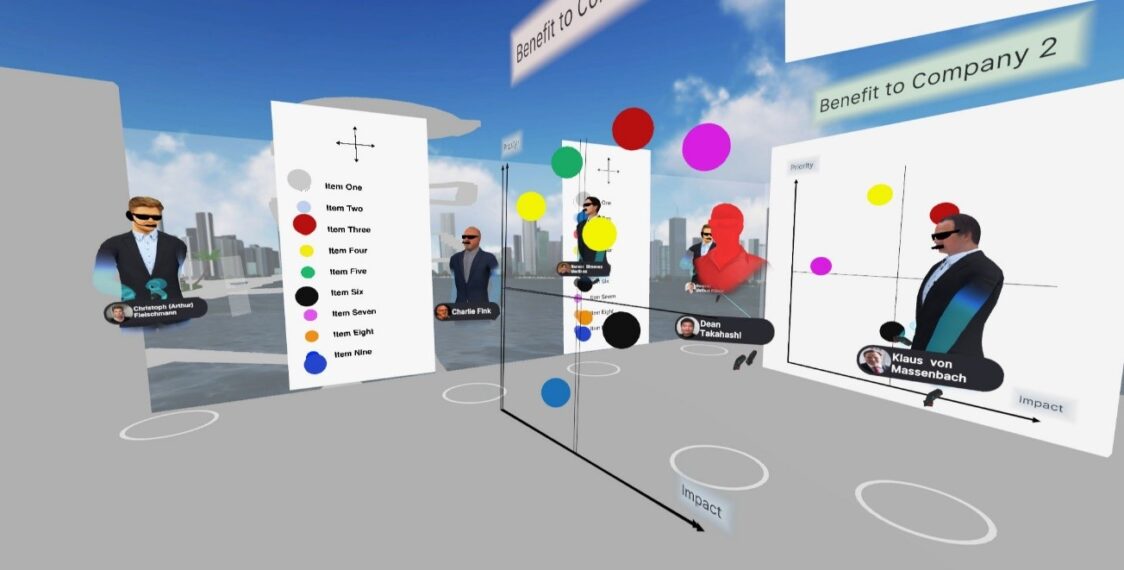
14. Cost-Effective Designs
The manual training, designing, and modeling cost a lot depending on the industry and equipment, while VR allows you to spend less on those and form a better 3D virtual figure. We can also mention the virtual meetings and connections that is cost-effective than the physical ones. Though the manufacturing of headsets requires investment, when it comes to per-person use and comparison with manual things, VR is more cost-effective.
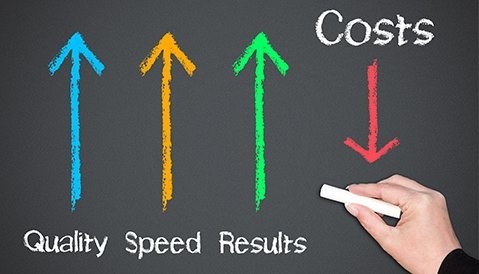
15. Competitive Advantage
For the innovation and risk management strategy representation, VR has a competitive advantage as it doesn’t require technical preparations like other devices. As an advantage, it gives a comparatively better result in visualization as fast installation. So, its competitive result always has a bonus point for all the mentioned sub-points.
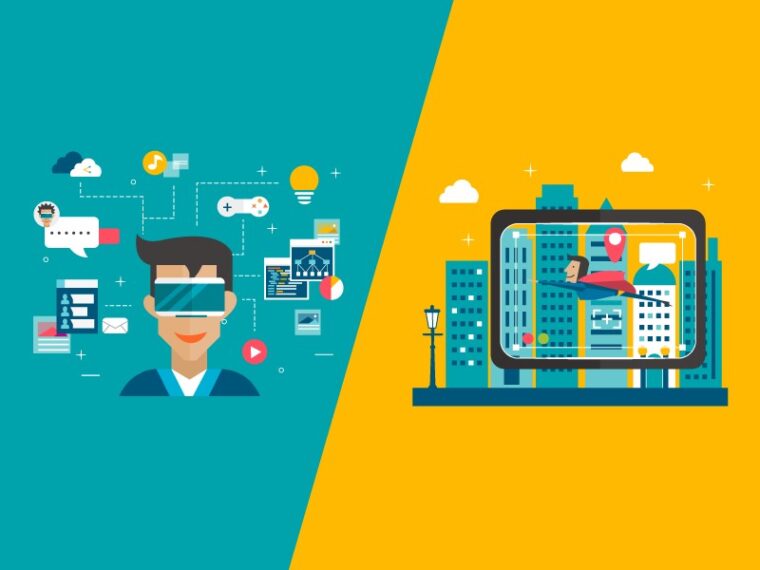
16. Easy And Flexible Access Time
The flexible spectrum of VR plays a significant role in Learning and Development as it allows the user to have no time or location barrier. With any time accessing facility, it stands apart from other projecting devices. eLearning had already worked on the time barrier, so, what VR does is, facilitate the same experience in all conditions.
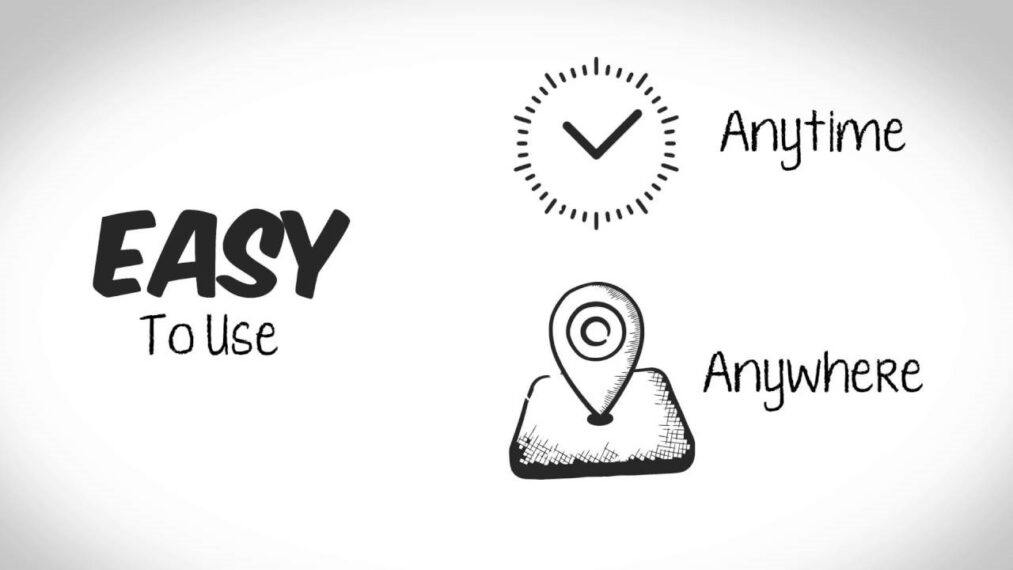
17. Enhance User Engagement
The narrative and interactive environment of VR has positively increased user engagement. Real-time experience it gives and various applications fulfill the fundamental aspects of the object. No doubt people find it more enjoyable as well as informative, and this uplifts the user number and use time.
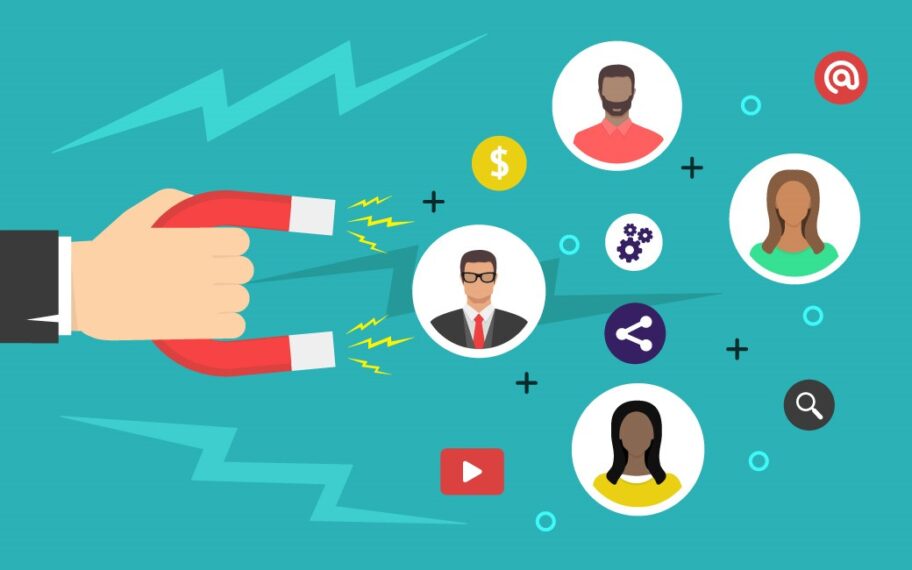
18. Consistency In Working
Reaching each worker or employee for soft skill development and training is quite impossible, expecting equal gain and output. With the help of VR, this thing can be made into work, as the VR makes the training consistent and maintains regularity among all the users. No user is provided with less material or program in the system.

19. Procedure-Based Training
Through VR, a constant procedure is maintained to train which includes fun-based examples and games to make the process engaging and entertaining to the user, and, for real thesis-based paper-pen learning makes people less interactive and thus, less clarity is gained on average.
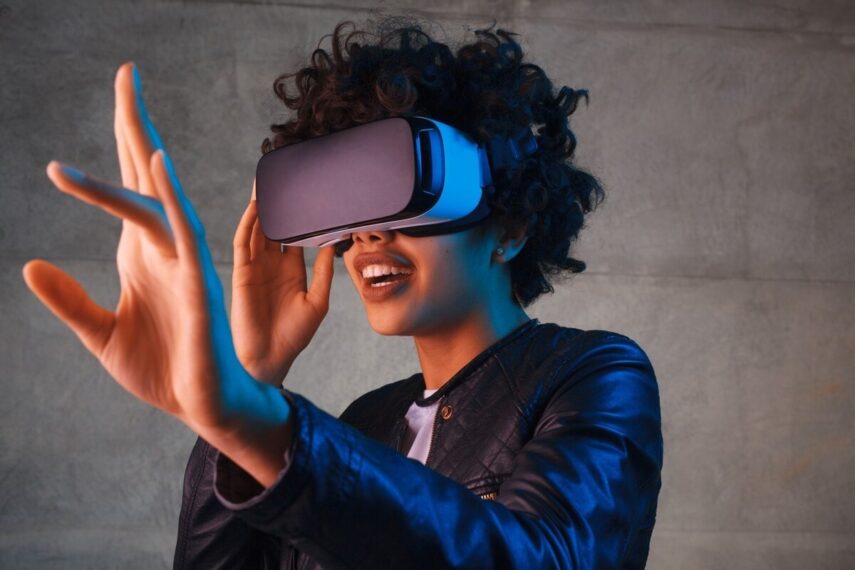
20. Speeding Up Learning
VR-based learning has been proven as more time efficient in recent studies. It shows that VR learners are more confident and trained faster than others. All the other roles, like procedure-based training, time flexibility, etc, work at the same time to speed up the learning process.


